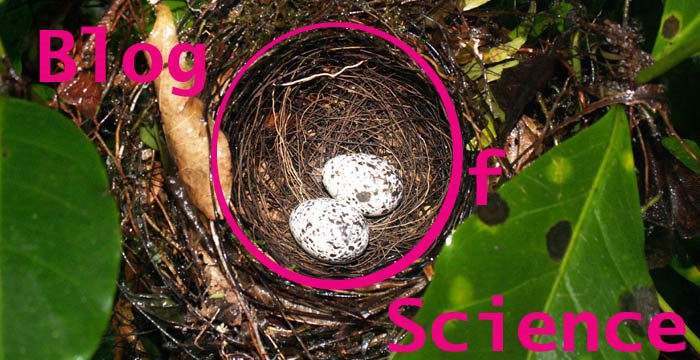There are camels, at least seven of them, in one of the
vacant lots adjacent to the Institute. These (the lots, not the camels) are generally
dominated by garbage-bespangled weeds and scrubby little trees. Today there is
a circus truck, a tent with camel stalls, and a bunch of camels happily chomping
the weeds down to the ground. I've seen goats, sheep and even cows used to clear brush, but the camels seem to be eating through the weeds faster than any of these could. The garbage has been removed (hopefully before the camels were let in), and there is a man
who looks more like a circus worker than a government worker cutting and
hauling away the woody stuff the camels pass by (actually just throwing it into another one of the vacant lots). It seems like by tomorrow evening they will have to move them to another lot, or bring in fodder. I wonder if the circus is paying for, or being paid for, the use of the lot. Seems like a good deal for both parties.
It
is 6C (43F) and sunny, which means that Rostockers think it is summer, and are
walking around, admiring the camels. Some college kids have carried their couch
onto the waterfront and are setting up a barbeque. The ice on the harbor has all melted, and the
gulls and mallards are looking for handouts.
Given all this, you might rightly ask why I am in the lab on
a Sunday, instead of showing my daughter the camels, or walking with my wife, considering that I have excellent
student assistants who are doing all of the actual lab work. The answer is that
student assistants are not allowed to be in the lab by themselves, regardless
of how mature or well trained they might be, or how routine or undangerous the
work. So if the animals need to be checked every day, someone has to be here
every day to baby-sit whichever student is in that day. This situation has
actually gotten somewhat better. For 18 months that someone always had to be
me, and I worked 7 days a week unless I was too sick and had to ask a colleague
to cover for me. Now I am working with two wonderful post-docs, and only need
to be in the lab every third weekend. Soon another graduate student will join
us, and it will be every fourth weekend. Of course, the more experiments there
are going on, the longer we have to be in the lab each day, and we are at about
6 hours now, and this will increase. So while those 7 day work weeks I was working included two pretty short days, the occasional work weekend will soon mean working almost full time.
This is honestly not so bad, but I’d rather be out watching
the camels eat up that vacant lot.
Update: 10 camels, 6 alpacas, 4 miniature ponies, 3 donkeys and 9 horses. Only the camels are out grazing, fodder is being brought in and more tents are being set up in the areas already cleared.
Update: 10 camels, 6 alpacas, 4 miniature ponies, 3 donkeys and 9 horses. Only the camels are out grazing, fodder is being brought in and more tents are being set up in the areas already cleared.

